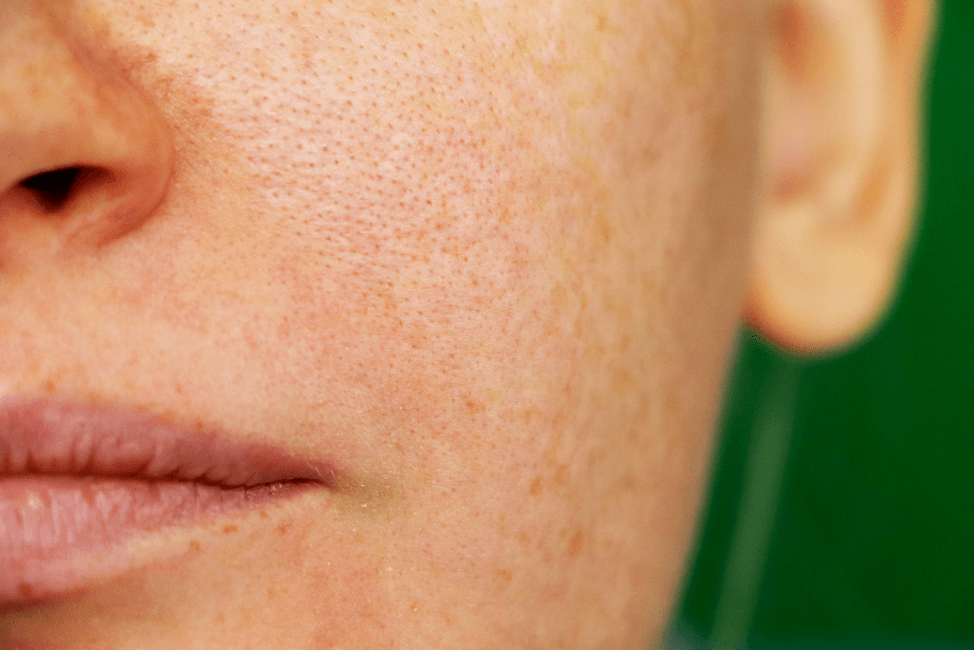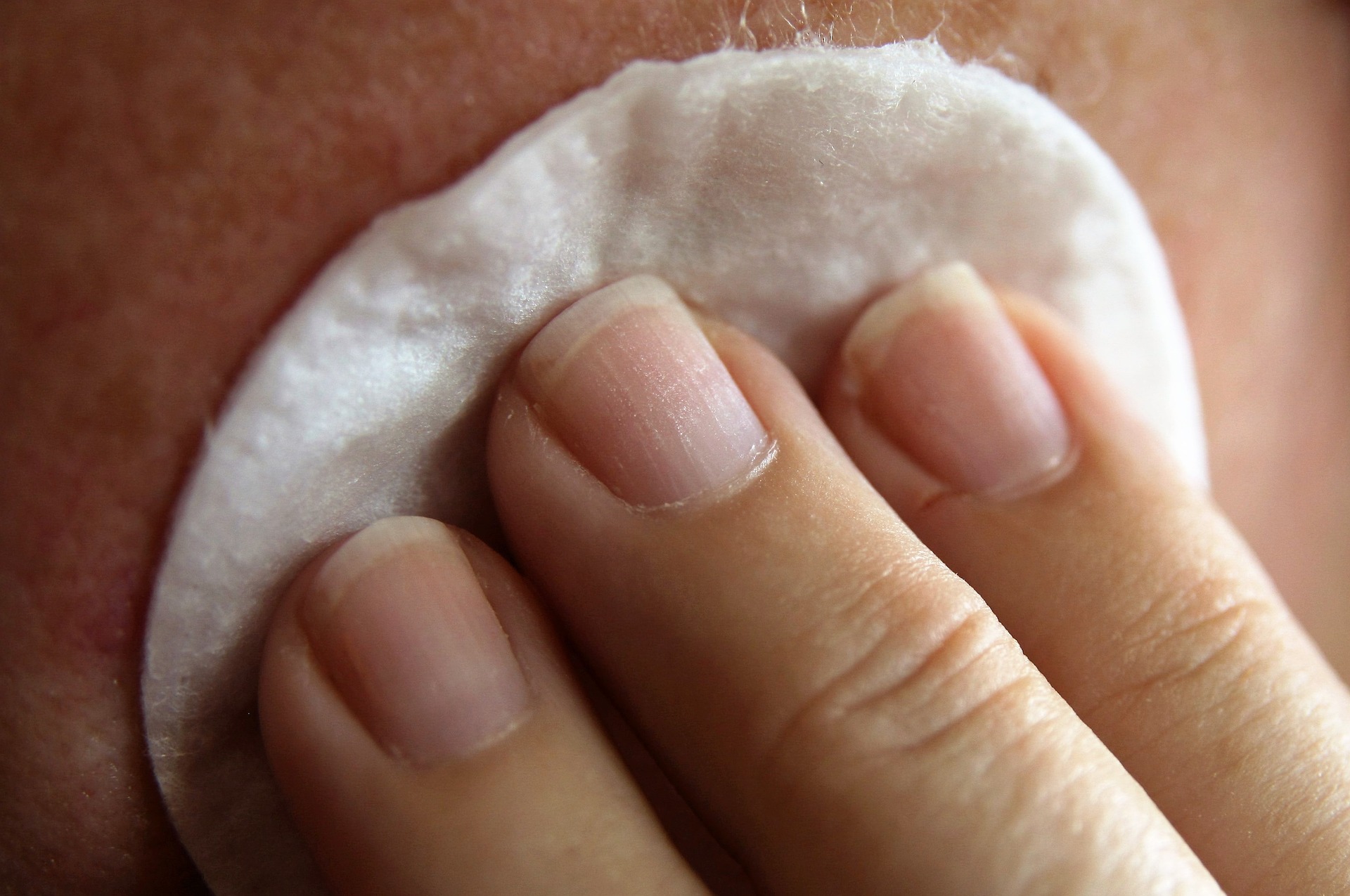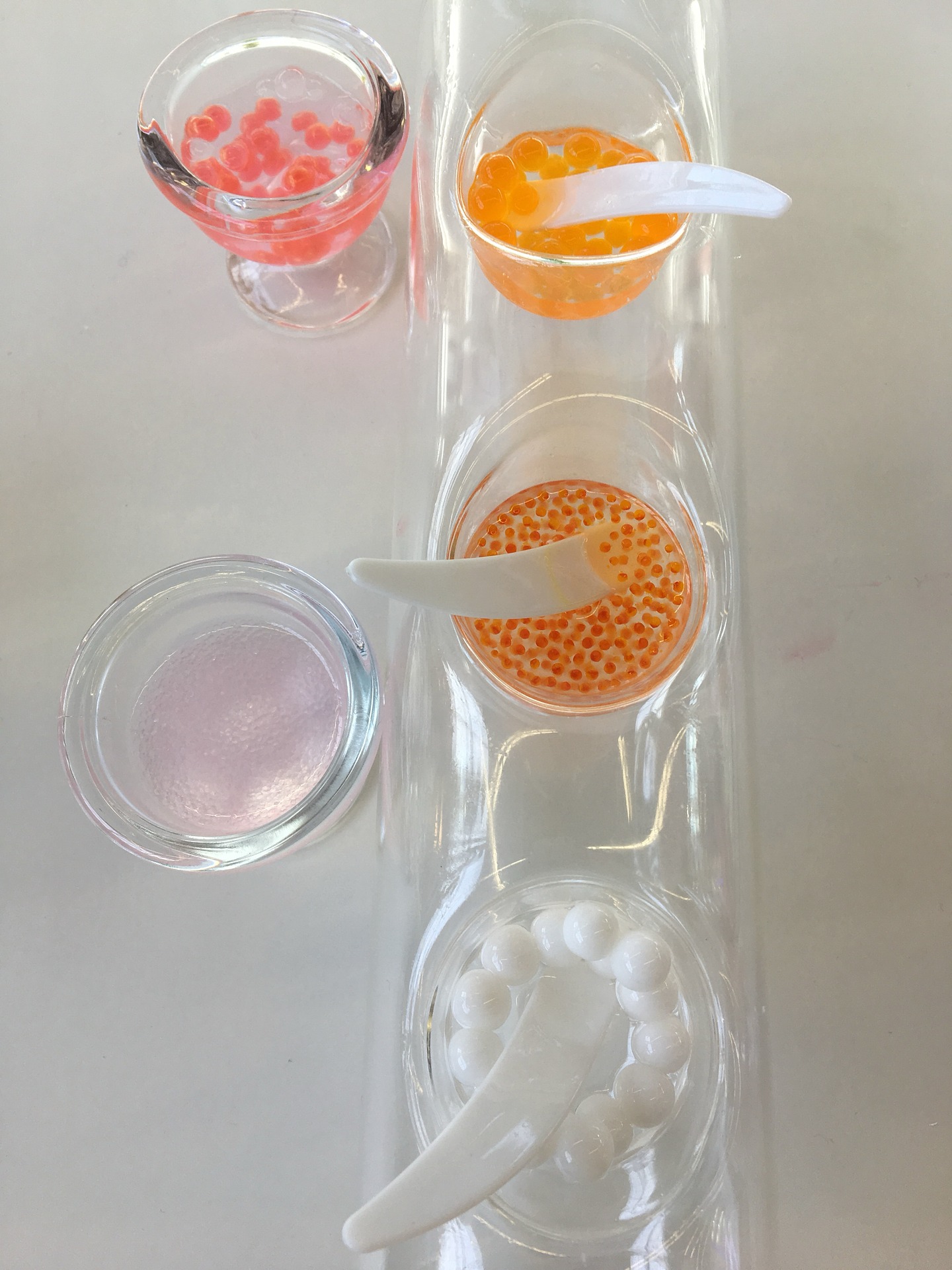When people think of cellulite, they often think of the unpleasant, puckered, almost orange peel-like skin that they just cannot seem to get rid of on their thighs and arms. Although this mental image can be correct in some cases, there are actually different stages of cellulite and each stage has a unique appearance. Specialists use a tool called the Nurnberger-Muller Scale to identify three different degrees of cellulite.
Stage 0 of the Nurnberger-Muller Scale is cellulite-free, smooth skin. Skin at this stage shows no sign of wrinkling even when pinched and is smooth to the touch.
Stage 1 occurs when in any relaxed position such as sitting or standing, cellulite is not visible, but your skin dimples when it is pinched. When your skin is pinched, fat deposits from cellulite stand out.
Stage 2 is when cellulite is visible from an upright, standing position but cannot be seen when you lie down. Skin with cellulite in this stage may also feel mildly sensitive when touched.
Stage 3 is considered the highest degree of cellulite and occurs when cellulite is visible at any time. In this stage, cellulite will be noticeable regardless of whether you are upright, laying down, or pinching the skin.
Cellulite can further be classified into hard and soft cellulite. Hard cellulite generally appears in athletes and is when cellulite is formed around the muscles. This type of cellulite is formed in-depth and can be more difficult to get rid of, but is also usually less visible than soft cellulite. Soft cellulite, on the other hand, is formed closer to the skin surface rather than muscles and is easier to address.
Cellulite in itself does not generally pose a serious health risk, but if you would like to take steps to reduce its appearance, it is important to know what kind of cellulite you are dealing with.
Written by: Prishni Seyone






